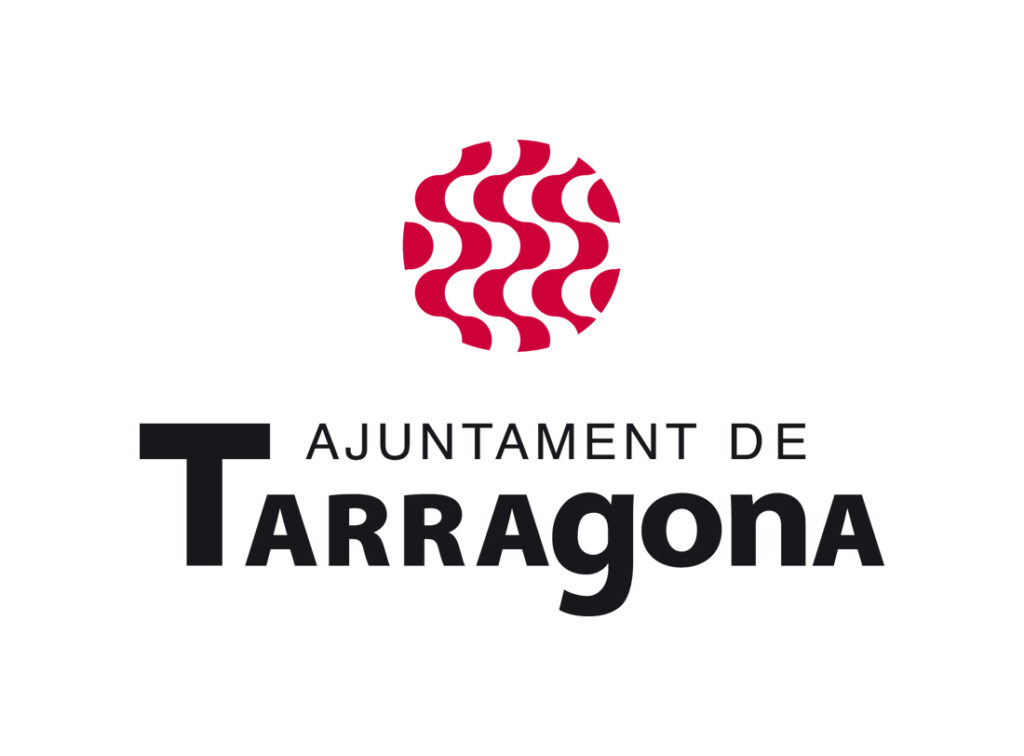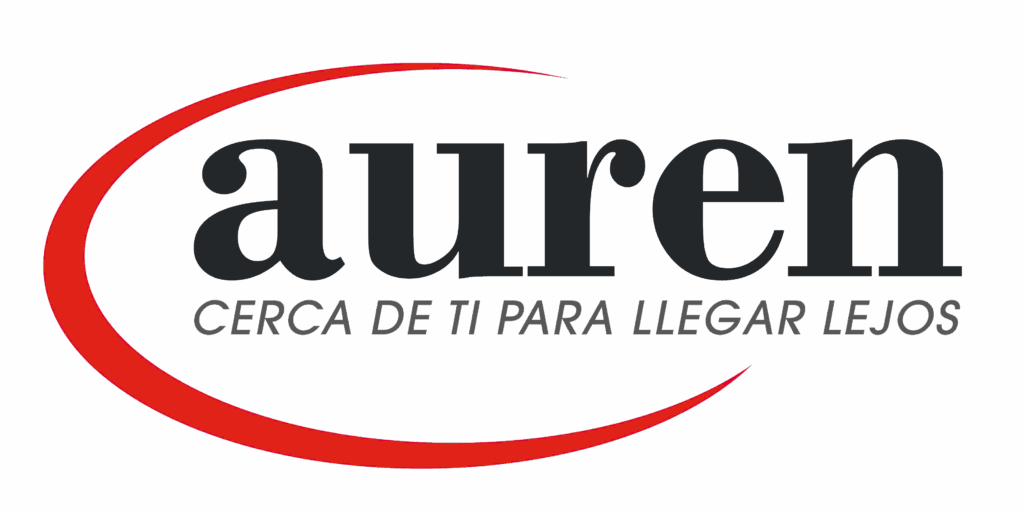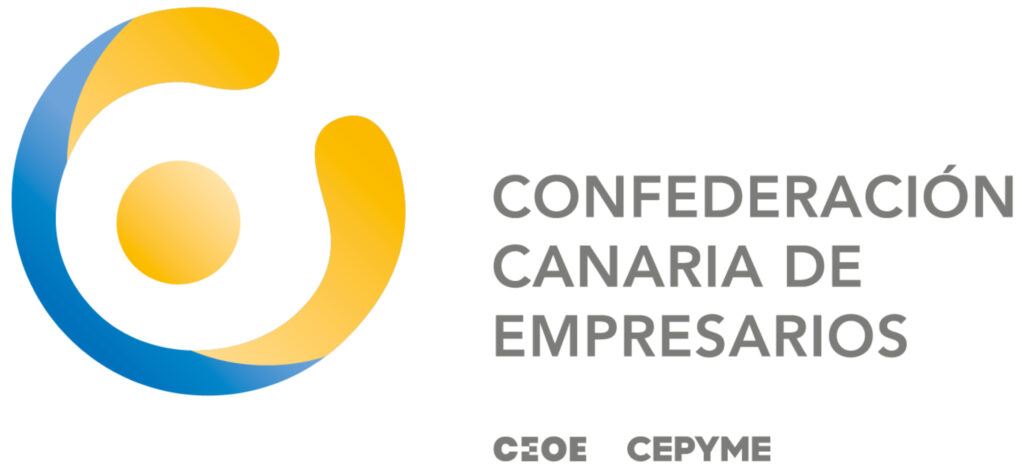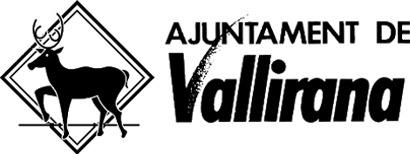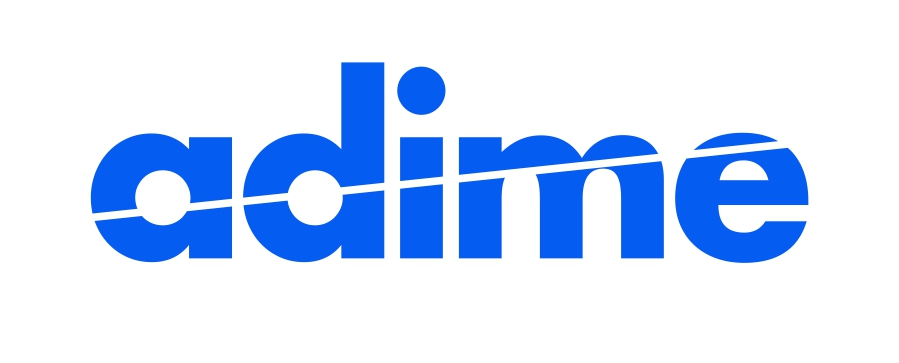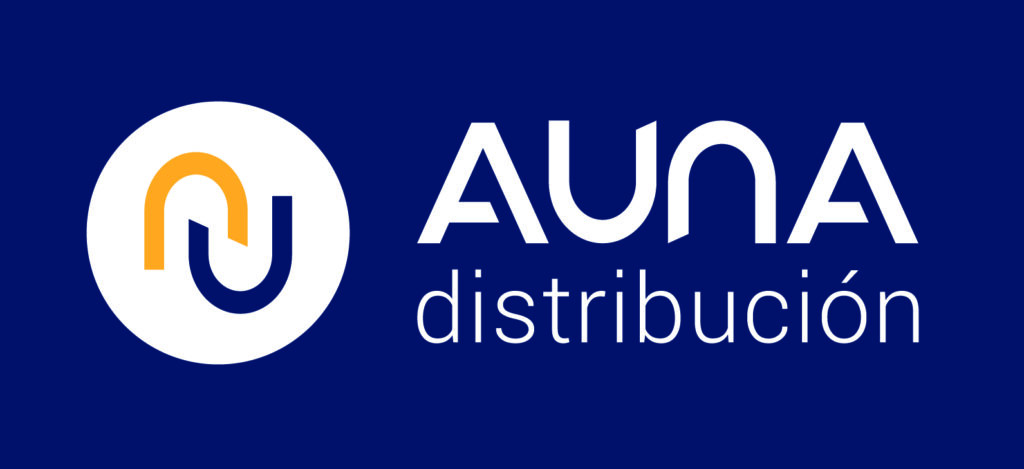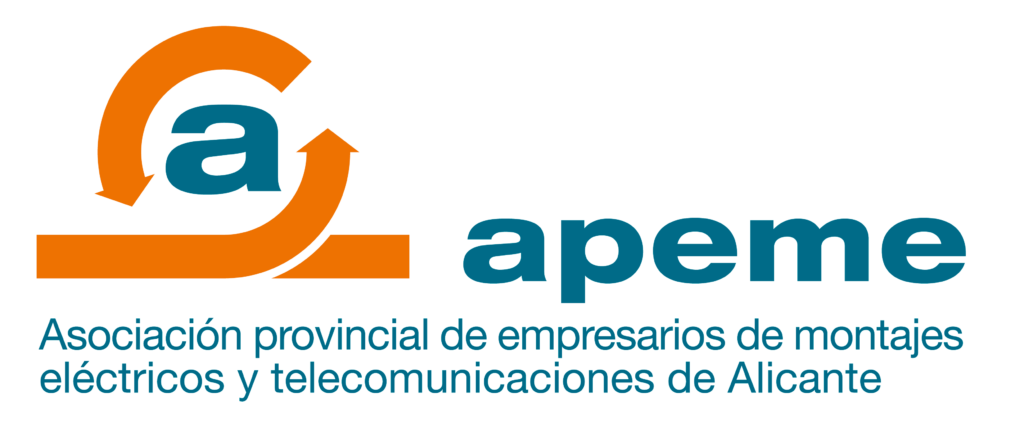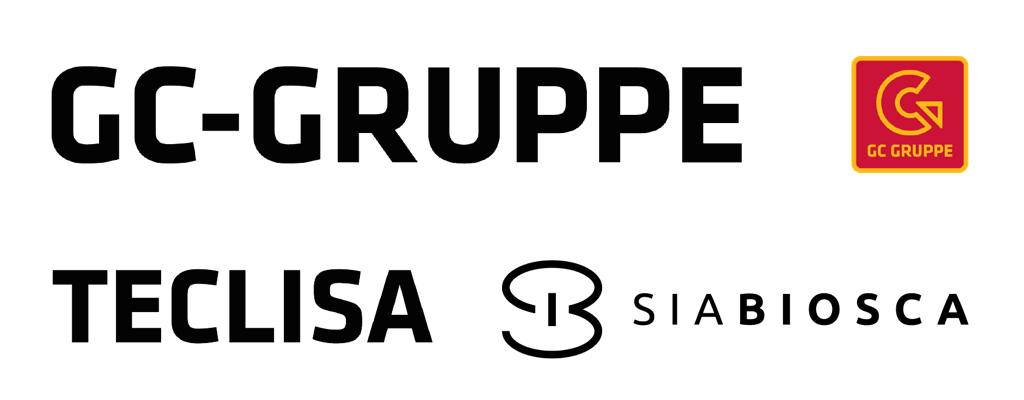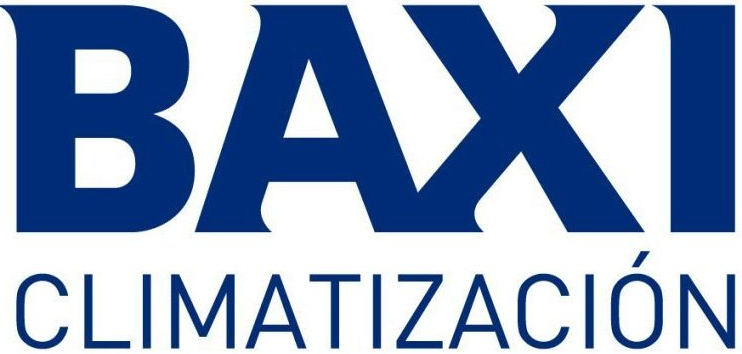«From the conductor to the insulation, learn about the layers that guarantee safety and durability in Top Cable cables.»
There are five different layers among the components of an electric cable. The conductor is the innermost component of the cable, being the channel through which the electric flow is channeled, and an insulation that contains this electric flow in the conductor. In addition, the components of a cable can incorporate other auxiliary elements that guarantee its longevity.

WHAT ARE THE COMPONENTS OF AN ELECTRICAL CABLE?
- THE CABLE CONDUCTOR
The first of the components of a cable that we highlight is the conductor. It is where the electric current is actually transmitted, with copper being the most commonly used material.

In some cases, aluminum conductors are also used, despite the fact that this metal is 60% worse conductor than copper (with the same section it has more losses due to the Joule effect). In practice, aluminum is used almost exclusively for power transmission cables in electrical distribution networks (electrical companies).
There are two criteria for sizing copper conductors: the North American criterion and the European criterion. In the North American sizing (AWG), conductors are defined by specifying a number of wires and a diameter of each wire. In the European sizing (mm2), conductors are defined by specifying the maximum resistance of the conductor (Ω/km). You can consult the conversion table between both criteria in this post. Rigid or flexible conductors are defined by specifying the minimum number of wires or the maximum diameter of the wires that form it. In addition, the actual geometric sections are somewhat smaller than those indicated as nominal.
1.1 TYPES OF ELECTRICAL CONDUCTORS
There is a wide variety of options among electrical conductors and depending on the type, as components of a cable, the characteristics and the application that can be given to the product are determined.
COPPER CONDUCTOR
This is the most common material in conductors, as it optimizes the transport of electricity to the maximum and allows it to flow in the most optimal way. It is used in all types of installations, from residential installations to the industrial sector, or from electrical equipment to household appliances.
ALUMINIUM CONDUCTOR
It offers lower energy conductivity (40% less). They are made up of one or more small cables that, when joined together, make up the aluminium conductor. Although we have highlighted the lower conductivity of aluminium, a positive aspect compared to copper is its weight, 70% less.
BRAIDED CONDUCTOR
These are pairs of cables intertwined to cancel out electrical interference from external sources and crosstalk from adjacent cables. Its characteristics also allow for more reliable data transfer.
SHIELDED CONDUCTOR
It is made up of one or more insulated conductors that are covered by a common conductive layer. This covering acts as a Faraday cage, preventing the coupling of noise or other interference between the environment and the conductor in a bidirectional manner.
TAPE CONDUCTOR
They consist of a series of cables placed in parallel.
You can consult more types of electrical conductors here.
- CABLE INSULATION
Insulation is the second of the components of a cable that we want to highlight. In this case, it is the layer of polymer, plastic or elastomer that surrounds the conductor and insulates it from external contacts.

There are thermoplastic and thermoset insulations. The former are those in which the material applied does not undergo chemical transformations. PVC, the most common thermoplastic insulation, has a maximum service temperature of 70 °C.
Thermoset insulations are chemically transformed at the time of extrusion, resulting in a more stable compound when the temperature increases. This is why they allow higher service temperatures.
The most common thermoset insulation materials (XLPE and EPR) have maximum service temperatures of 90 °C.
The higher the maximum service temperature of an insulation, the greater the amount of current that the conductor can carry. And the more current, the greater the power. This is the main advantage of thermoset insulation over thermoplastic insulation.
- SCREEN OR ARMOUR: THE METAL PROTECTIONS OF THE CABLE
The third component of a cable that determines the construction of an electrical cable is the screen or armour.
3.1 FUNCTION OF THE SCREEN
In some cases, cables may have metal protections. Electrical metal protections (SCREENS) are used to isolate the signals that pass through the interior of the cable from possible external interference. Mechanical protections (ARMOURS) protect the cable from possible external aggressions: animals, blows, etc.

3.2 WHEN SHOULD SHIELDED CABLES BE USED?
Shielded cables reduce and isolate the transfer of data or power from “electrical noise” or ambient electromagnetic interference (EMI) found in industrial, engineering or manufacturing environments where high levels of electrical power are present.
Electric motors, switches and cables used for power transmission cause electromagnetic interference (EMI), which can negatively impact data cables, sensors and similar equipment.
3.3 HOW ARE SHIELDED POWER AND CONTROL CABLES CONSTRUCTED?
These components of a cable again offer different options that define the resulting cable model. There are different types of shielding for power and control cables.
TINNED COPPER BRAID
A common method of cable shielding is copper braiding between the cores and the jackets. With a coverage degree of around 80%, copper braiding forms an effective barrier against electromagnetic fields.
COPPER WIRE SHIELDING
Copper wire sheathing is often used for moving cables in robotics, where the shielding must withstand twisting. Since the copper wires in a wrap are all laid parallel to each other, there is no problem with twisting of the cable. However, the protection against electromagnetic interference of wrapped cables is often worse, since the shielding wires do not overlap.
ALUMINIUM LAMINATED PLASTIC FOIL
Individual conductors or all conductors in the cable can be wrapped with a laminated aluminium plastic foil. The plastic foil protects the cables and wires, especially when high frequencies are reproduced.
- THE CABLE’S OUTER COVER
In almost all cases, cables have an outer covering, between the components of the cable, which has the function of protecting it. They are usually made of polymeric material and must be chosen in accordance with the nature of the insulation material.

- COVERING MATERIALS
The fifth and last of the components of a cable that we want to analyze is the covering, designed with different materials that dictate the application characteristics.
5.1 WHAT ARE PVC CABLES AND WHEN ARE THEY USED?
PVC cables are very common, made of Polyvinylchloride and are used in machine tools, assembly lines, conveyor systems, production lines and in plant construction, devices and equipment for communication technology, household appliances, generator, transformer and machine construction, switch and control construction, electrical and data processing, in cleaning devices, the automotive industry, automation technology, press and mould construction, printing and paper machine construction, surface technology, steel production industry, beverage bottling plants, chemical industry, lamp and lighting technology, etc.
5.2 WHAT ARE POLYOLEFIN (PO) CABLES AND WHAT ARE THEIR ADVANTAGES?
Polyolefin cables are designed with a flame-retardant polyolefin thermoplastic insulating compound that is halogen-free and has a low content of smoke and toxic gases. They are used, for example, in public areas such as supermarkets, universities, airports, offices, etc. In addition to being halogen-free, the cables used must be flame-retardant and self-extinguishing, they must not contribute to the spread of fire, and they must not emit smoke or corrosive gases in the event of a fire.
5.3 WHAT ARE RUBBER CABLES AND WHAT ARE THEIR ADVANTAGES?
Rubber cables are electrical cables that are coated with a layer of rubber or elastomer. This rubber coating gives them flexibility, durability and resistance to adverse environmental conditions such as high temperatures, chemicals and abrasions.
5.4 WHAT ARE PUR CABLES AND WHAT ARE THEIR ADVANTAGES?
(PUR) cables are polyurethane cables. This material exhibits mechanical behaviour similar to rubber at certain temperatures. They are halogen-free, fire-resistant and offer greater mechanical and chemical resistance, making these cables suitable for harsh environments.
These components of a cable are what allow it to be classified and determine its main characteristics, thus allowing you to more accurately select the ideal cable for each project.
If you want to know what type of cable is suitable for your project or have any questions related to the components of a cable, contact the TOP CABLE sales team.

